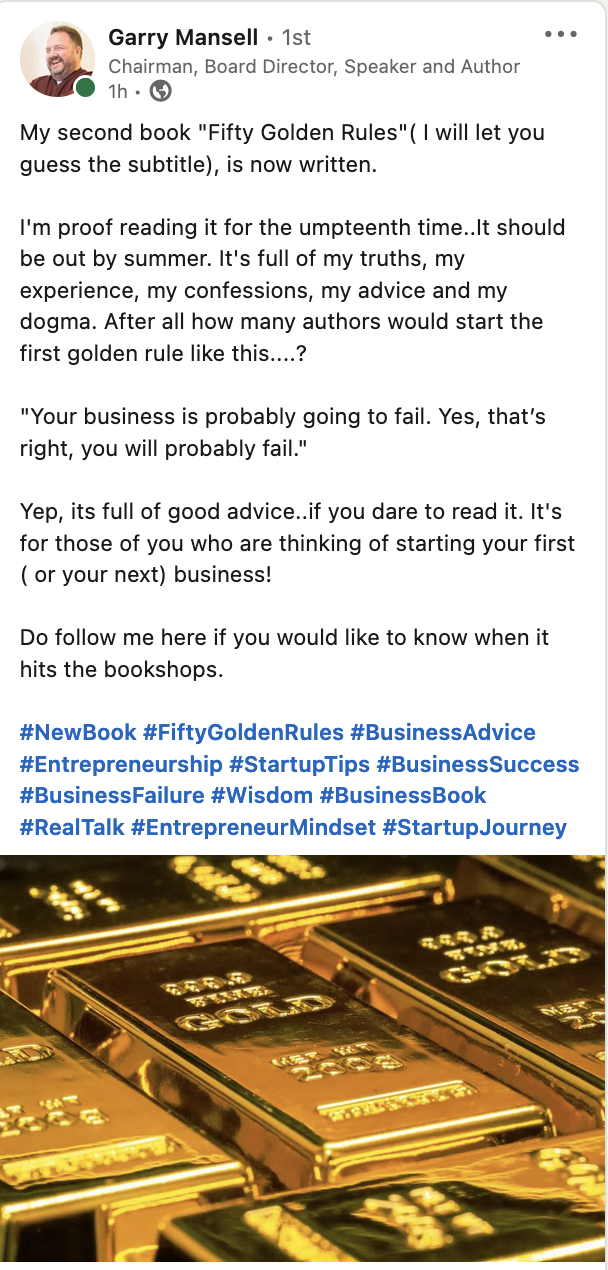As per my last post, my readers on the other side of the pond are probably well aware that Sigi Osagie’s Procurement Mojo has been available since late last year, but since Amazon UK had it well before Amazon USA and Amazon Canada, my readers on this side of the pond may not have noticed yet.
Procurement Mojo is an important book for many procurement professionals and organizations because it does not attempt to teach you what Procurement is, assuming you already know how to do your job, but instead attempts to teach you how to explain to the organization what Procurement does, which is a critical issue that needs to be addressed since
- Procurement is still the Rodney Dangerfield of the organization (and still don’t get no respect) and
- most Procurement Pros don’t know how to sell the organization on the unrealized potential that Procurement can bring.
The book addresses these issues by noting that the only way Procurement pros are going to be able to sell the organization on the true potential of Procurement and get the respect they deserve is to learn how to sell the Procurement brand. And this is what makes Procurement Mojo a great book. It gives you a how-to guide for building your Procurement Brand.
But before you build your Procurement Brand, as per our last work, you have to build the foundations — frameworks, process-based enablers, platform support, and good management. It takes time to get this all in place, but fortunately Sigi gives you a roadmap for this as well. In this post we’re going to discuss some of the key insights Sigi makes in the hope of encouraging you to check out his book and find your Procurement Mojo.
Sigi builds up to the plan to build your procurement brand by addressing
- building an effective organization
because you can’t sell an ineffective one
- deploying process enablers
people and platform powered
- managing the supply base
because while you can fail on your own, you cannot succeed without
the support of the supply base
- applying performance frameworks
you have to measure, manage, and perform
We’re not going to dive into deals on how to do each of these tasks, as you can read them in the book, but highlight some key points on why these steps are important.
Building an Effective Organization
In many organizations, the average employee might not even know that there is a separate Procurement department — assuming that each department might do it’s own buying. It’s scary, but it’s true. And many of the employees who are sort of aware of Procurement won’t really understand what they do, believing they only buy office supplies, direct materials, etc. That’s why the brand is needed, but the chances of anyone taking notice are low if the organization is not effective.
And an effective organization is not necessarily one that does a lot of work, it’s one that appears to be effective. And this is often accomplished not by employing hard process and technology skills that allow the organization to do more, faster, but by employing soft processes that encourage communication, collaboration, and conflict resolution. That’s why effective organizations make sure that they have capability, rewards, and culture aligned with goals (not just processes and platforms).
Deploying Process Enablers
Once an organization does a competency assessment and gap analysis and identifies what it needs to get to the next level, the next thing it will have to do is deploy enablers, be they process or platform based, to get to the next level. But this doesn’t mean that they will employ “best in class” enablers. “Best in class” are not always best for your organization — it all depends on the maturity of the function and the need. Sometimes a good enough enabler, which is easy to use and understand and provides an immediate 80% to 90% return is much better than a best-in-class enabler which is difficult for a novice to understand, requires three times as much effort, and is avoided at all costs by the average employee.
Managing the Supply Base
Procurement is about maximizing the value chain — and suppliers are a vital part of that chain. You cannot succeed if they do not succeed. It doesn’t matter how great packaging and marketing in if the product or service is crap. It just doesn’t. That’s why relationship management and development is critically important and must be well in hand before you can focus on selling the brand (as they can tank your brand faster than an oil spill will tank an oil and gas company’s brand when the media has their frenzy).
Applying Performance Frameworks
That which is measured is managed, but more importantly, that which is not managed is a misadventure waiting to happen. As a result, appropriately defined frameworks must be in place to make sure the organization remains effective, deploys the right enablers, and nurtures the supply base.
And now that we’ve discussed the foundations we could discuss how you build your Procurement Brand and Sigi’s Procurement Mojo game plane. But since customers of Trade Extensions will have a chance to hear Sigi talk about Procurement Mojo live on October 7, 2015 at their customer event at Emirates Stadium in London, the doctor is not going to spill all of the beans on what Sigi says and what he thinks about it until then. But just like your favourite series comes back after summer hiatus, this series will return!


